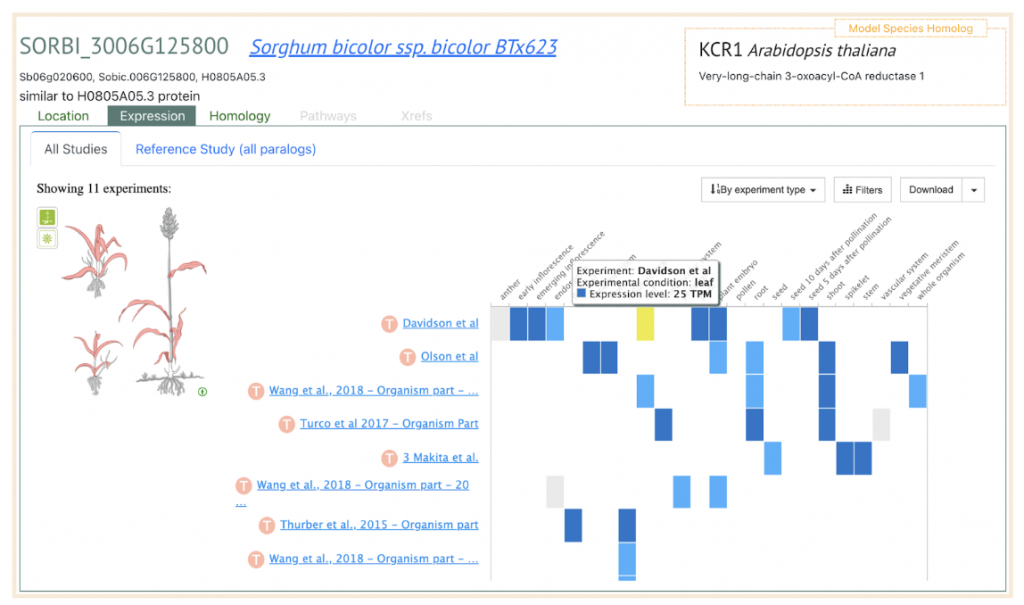Epicuticular Wax and Anthracnose Resistance in Sorghum
Cuticular wax, the initial above ground barrier between plants and the environment, are composed of hydrophobic compounds and help the plant to resist abiotic and biotic stresses. Anthracnose, a fungal disease, causes significant yield losses in sorghum. Although the composition and morphology of the cuticular waxes are hypothesized to impact leaf structure, which can provide increased protection from fungi, their roles are variable due to differences in their chemical structure among plant species. Scientists from Qingdao Agricultural University and Southwest University studied the in vitro and in vivo responses of sorghum plants with and without epicuticular wax (EW) to an anthracnose C. sublineola infection. In their in vitro study, potato dextrose agar amended with wax was found to reduce the rate of growth of anthracnose mycelium, suggesting that wax could help protect plants from anthracnose infections. To study the effect of the wax in vivo, the researchers used gum acacia to remove the EW from intact leaves. When these leaves were infected with C. sublineola and observed after three days, they had a more severe reaction than the leaves with intact wax layers. In fact in the plants with waxy leaves, symptoms of infection were not even obvious at that point. Additionally, decreased net photosynthetic rate and increased intercellular CO2 concentrations and malonaldehyde content was observed three days post-infection in the non-waxy leaves. Gene expression analysis of plants with and without EW identified the sets of genes differentially expressed when infected with C. sublineola. Nearly twice as many genes were differentially expressed in plants without EW. Several pathways were associated with these DEGs including MAPK signaling, ABC transport, sulfur metabolism, benzoxazinoid biosynthesis, and photosynthesis. These findings shed light on the role of EW on the regulation of disease response.
SorghumBase examples:


Reference:
Xiong W, Liao L, Ni Y, Gao H, Yang J, Guo Y. The Effects of Epicuticular Wax on Anthracnose Resistance of Sorghum bicolor. Int J Mol Sci. 2023 Feb 4;24(4):3070. PMID: 36834482. DOI: 10.3390/ijms24043070. Read more
Related Project Websites:
Dr. Guo at Qingdao Agricultural Universitry: https://cyxy.qau.edu.cn/content/yanjiushengdaoshi/690919d8bc4b4ec58a48ae88514f75a2



